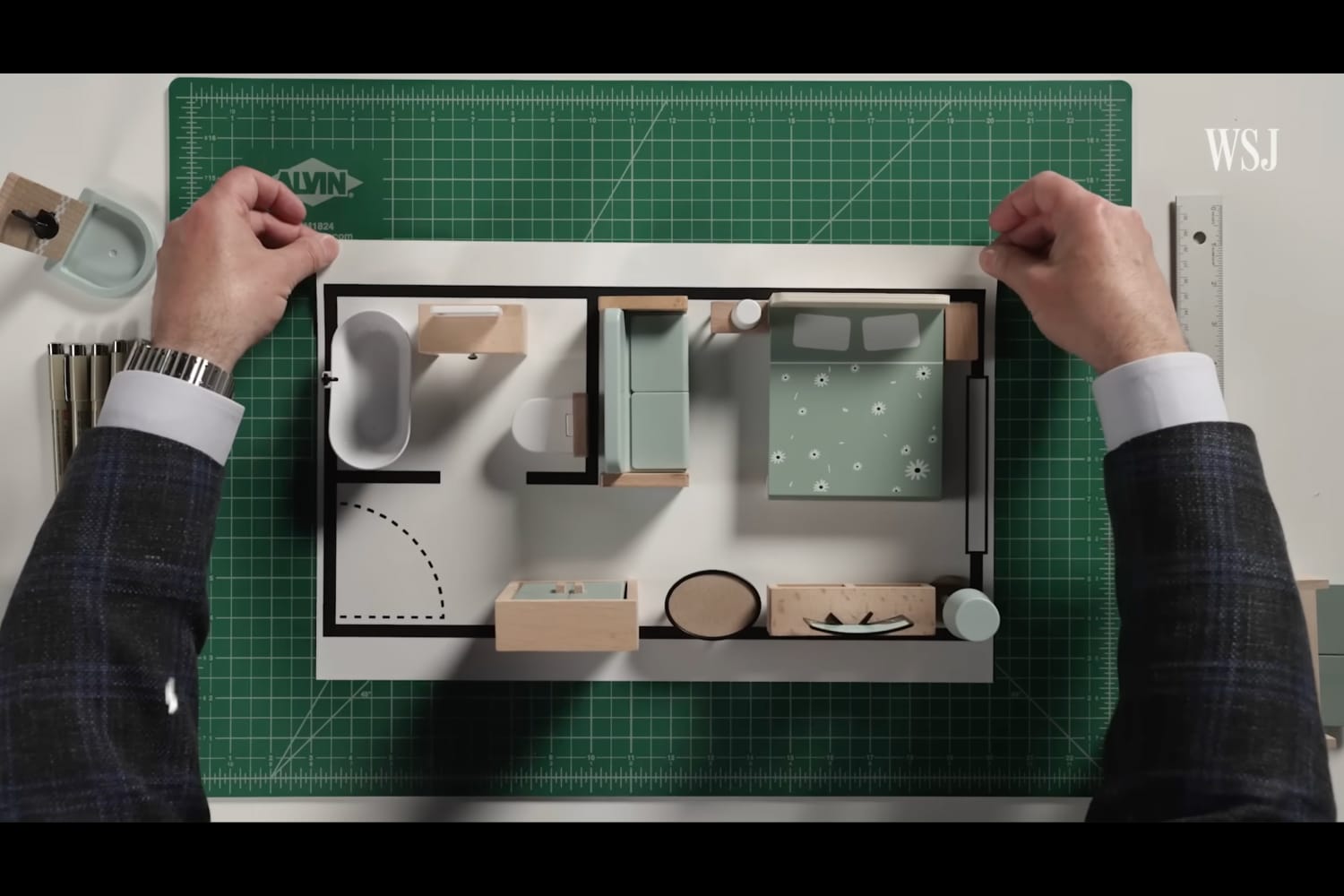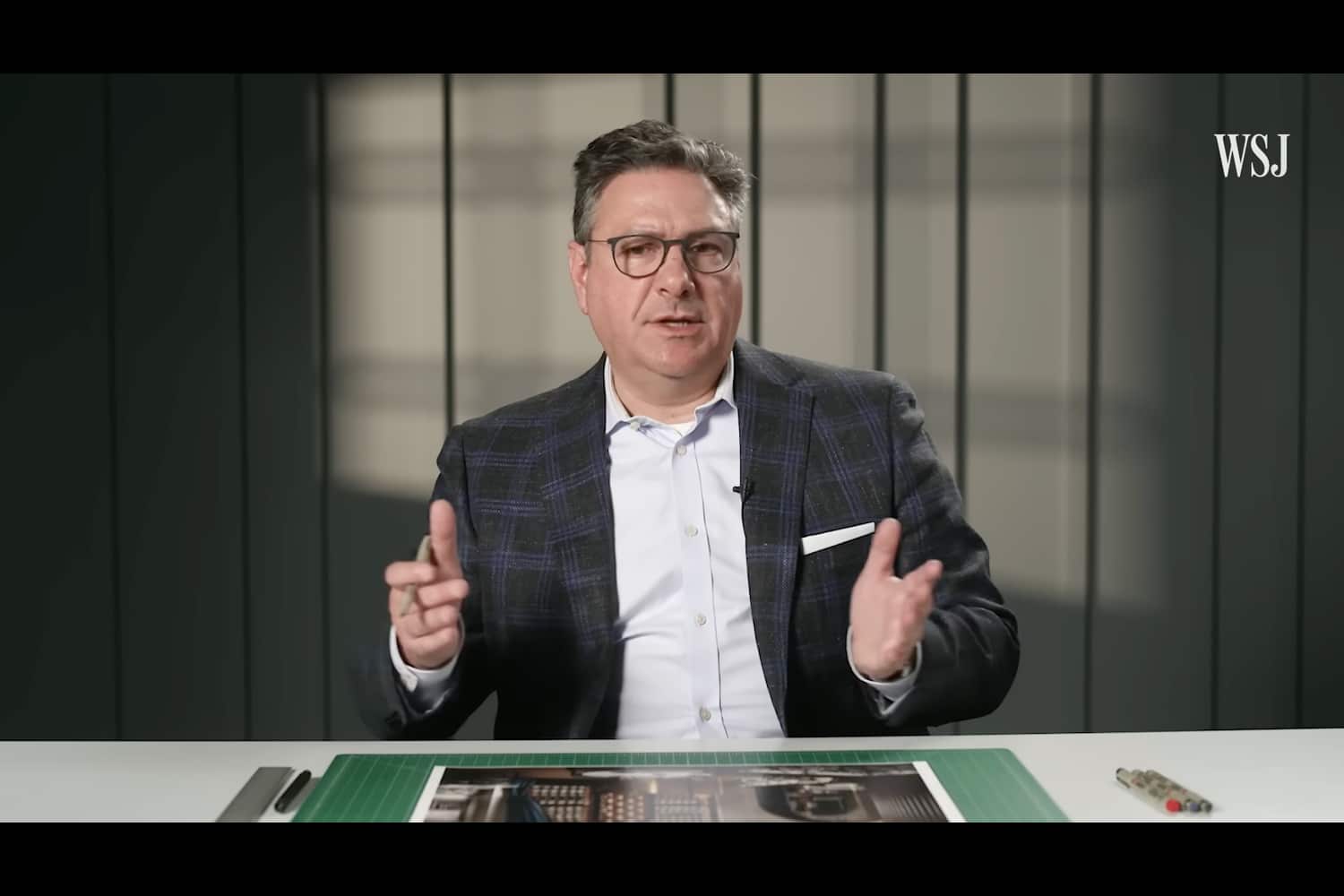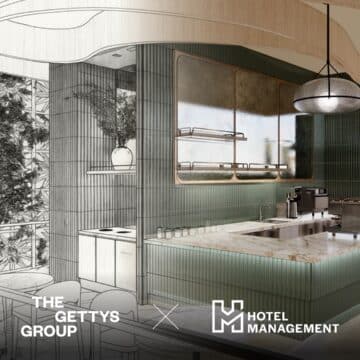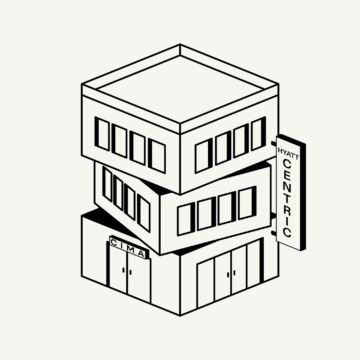
5 Takeaways from Ron Swidler’s WSJ Interview on Designing the Profitable Hotel Room

As featured in The Wall Street Journal’s Pro Perfected series, our CEO, Ron Swidler, shares how The Gettys Group approaches one of hospitality’s most timely challenges: shrinking the hotel room without compromising guest experience—or profitability. With over 1 million views, the segment highlights the strategy and intent behind every design decision we make.
Here are five key takeaways from Ron’s interview:
1. Shrinking the Room Isn’t About Sacrifice—It’s About Strategy
From vanishing wardrobes to fold-down desks, today’s hotel rooms are being purposefully reduced in size. But this isn’t about cutting corners—it’s about removing low-value elements (like unused minibars or bulky storage) and reinvesting that space where it counts.

2. Guests Still Expect Comfort—and Bathrooms Matter Most
Even in a scaled-back room, comfort can’t be compromised. Ron emphasizes that bathrooms remain one of the strongest drivers of guest satisfaction, so investing in layout, finishes, and fixtures in that area delivers outsized value.
“If we can allocate more space to the bathroom, it does increase guest satisfaction,” Ron notes. Even placing the sink outside the bathroom can help improve function without losing comfort.
3. Public Spaces Are Now Profit Spaces
The key to guest satisfaction—and revenue—is found outside the room. By shrinking guestroom footprints, operators create opportunities to expand and activate public areas, from bars and grab-and-go outlets to flexible lounges.
“You have to give guests relief in the public areas,” Ron says. “And remember, that creates an opportunity to sell.”
Take the Moxy Banff’s grab-and-go market: it earns around $3,000 per month with minimal labor investment. That’s design and ROI working hand in hand.

4. Labor Efficiency Is a Design Decision
Every seat, every surface, every cleaning routine is a design opportunity. Ron explains how the number of seats in a bar can directly impact staffing needs—and that by understanding the balance between volume and labor, design can drive smarter ops.
“Every single seat represents revenue potential,” Ron says. “But each additional seat might require additional staff. We work to maximize impact while minimizing operational costs.”
5. Context Is Everything: No Two Hotels Should Be Designed the Same
Before a single layout is drawn, Ron’s team maps the surrounding competitive set, studies local demand drivers, and identifies white space in the market. Design is tailored—not templated.
“Now we have to look at all the restaurants and all the bars to understand what the opportunities are to do something different,” he explains.
From vibe to volume, every element must feel like it belongs in its location—and offers something guests can’t find anywhere else nearby.
Ron Swidler’s interview is part of The Wall Street Journal’s Pro Perfected series, exploring how design solves complex challenges across industries. Watch the full video here.


